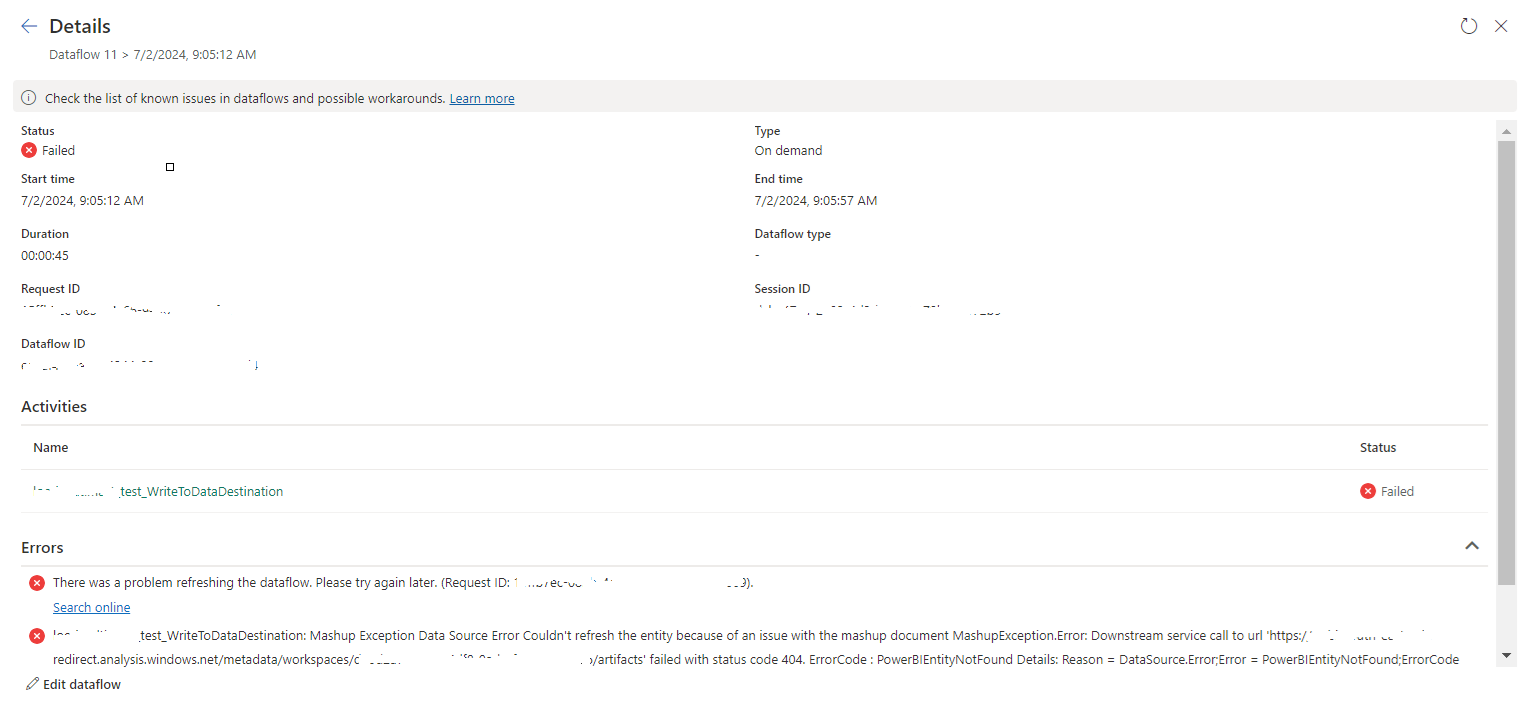Like we iterate through files in File System, we can iterate through files in Azure Blob Storage, using SSIS Foreach Loop Container.
If you consider about the Blob Storage structure, there will be Containers and inside those containers, you will find Folders.
Below Project Parameters are added to store those configurations information
BlobContainer - Stores the Blob Container name
BlobFolder - Stores the Folder name
ConnStr_AzureStorage - Stores the connection string value for the Azure Blob Storage
(Ex: DefaultEndpointsProtocol=https;AccountName=blobstorageaccountname;AccountKey=accountkey;EndpointSuffix=core.windows.net)
Addition to those, package variable is added to store the Blob File Name as BlobFileName.
To create a connection to the Azure Blob Storage, right click on the Connection Managers section in the Package and select New Connection
In the Add SSIS Connection Manager window, select AzureStorage type and click Add
Then you will get the Azure Storage Connection Manager Editor window.
In that select Use Azure Account and provide the relevant Storage account name and Account key values.
Then test the connection using Test Connection button.
If it is Successful, click on the OK button. Otherwise please check the provided Storage account name and Account key values.
To set the Connection String value using the ConnStr_AzureStorage Project Parameter, select the Azure Connection and go the Properties tab.
In that under Expressions section, add the ConnStr_AzureStorage project parameter value to the ConnectionString property.
Once it is done, to configure Foreach Loop Container, drag and drop Foreach Loop Container to the package Control Flow and double click on it.
In the Collection section, click on the down arrow under Enumerator, and select Foreach Azure Blob Enumerator
If you consider about the Blob Storage structure, there will be Containers and inside those containers, you will find Folders.
Below Project Parameters are added to store those configurations information
BlobContainer - Stores the Blob Container name
BlobFolder - Stores the Folder name
ConnStr_AzureStorage - Stores the connection string value for the Azure Blob Storage
(Ex: DefaultEndpointsProtocol=https;AccountName=blobstorageaccountname;AccountKey=accountkey;EndpointSuffix=core.windows.net)
Addition to those, package variable is added to store the Blob File Name as BlobFileName.
To create a connection to the Azure Blob Storage, right click on the Connection Managers section in the Package and select New Connection
In the Add SSIS Connection Manager window, select AzureStorage type and click Add
Then you will get the Azure Storage Connection Manager Editor window.
In that select Use Azure Account and provide the relevant Storage account name and Account key values.
Then test the connection using Test Connection button.
If it is Successful, click on the OK button. Otherwise please check the provided Storage account name and Account key values.
To set the Connection String value using the ConnStr_AzureStorage Project Parameter, select the Azure Connection and go the Properties tab.
In that under Expressions section, add the ConnStr_AzureStorage project parameter value to the ConnectionString property.
Once it is done, to configure Foreach Loop Container, drag and drop Foreach Loop Container to the package Control Flow and double click on it.
In the Collection section, click on the down arrow under Enumerator, and select Foreach Azure Blob Enumerator
Then select the previously added Azure Connection for the Azure storage connection manager and to provide the relevant values for the Blob container name and Blob directory values, click on the ... in front of the Expressions.
Set the BlobContainer and BlobPath property values using the BlobContainer and BlobFolder project parameters.
To assign the Blob File Name to the BlobFileName variable, go to the Variable Mappings section and set the variable.
Now you have configured the Foreach Loop Container for Azure Blob Storage and you can do the required operations inside the Foreach Loop Container by using the File Name available in the BlobFileName variable.









I follow all your steps but when I say OK and close the edit box for the for each loop it says BlolbContainer name can not be empty
ReplyDeleteDid you provide the BlobContainer value in the Project Parameters or is it blank?
DeleteYou have to provide the value for the BlobContainer parameter.
What will be blob folder? Can you please mention it?
ReplyDeleteBlob Folders are the folders inside a BlobContainer.
DeletePlease go to the Azure Blob Storage and you will be able to see it.